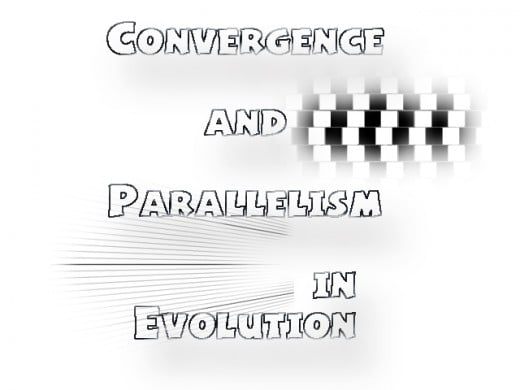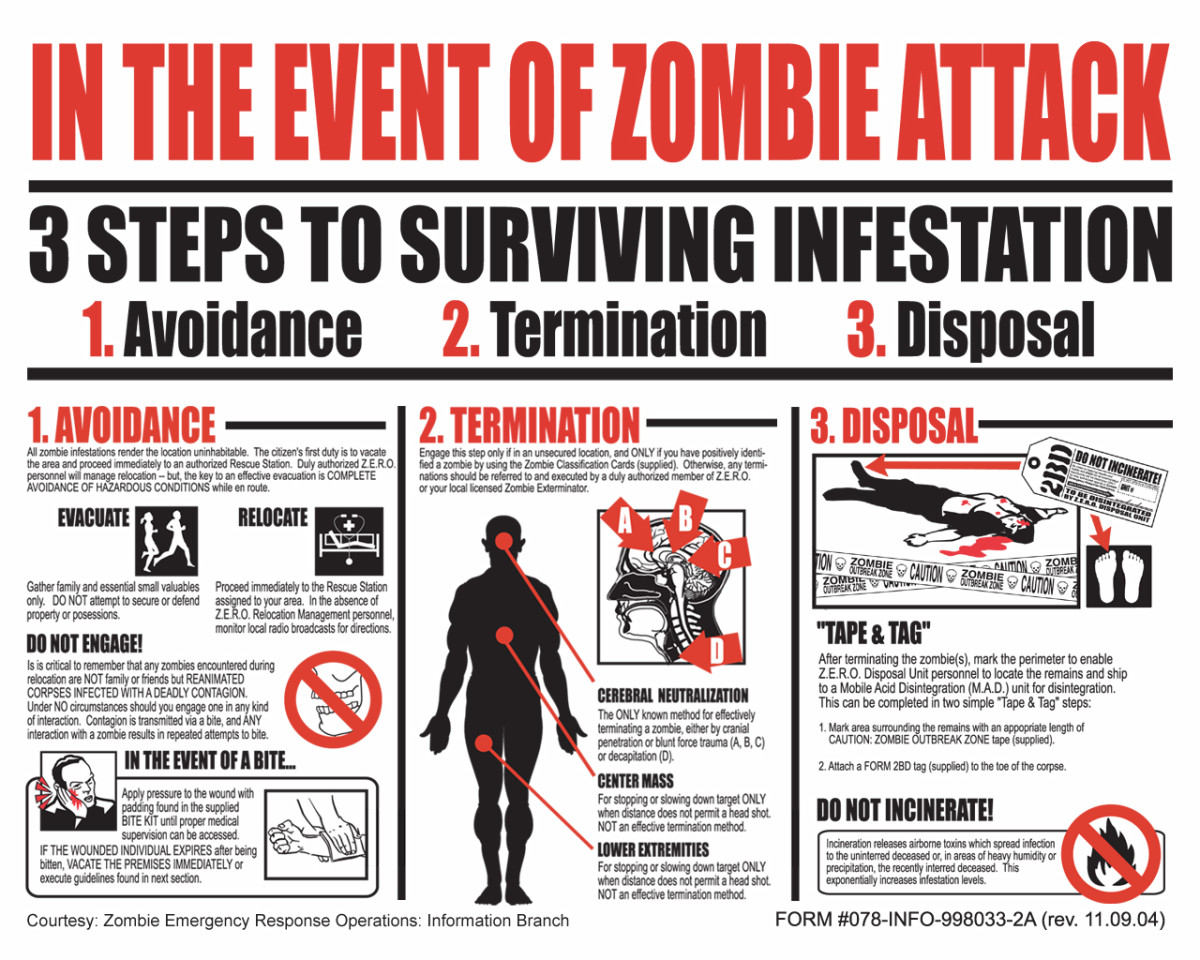Convergence and Parallelism in Evolution

Convergence
In some situations, similarities are not the result of being in a line of descent or of common origin, for some organisms may be alike in living habits and appearance, although of different ancestries. Such similar evolutionary development in different forms is termed Convergence. Convergence refers to the development of similar characteristics or adaptations in animals that differ in direct ancestry. The hummingbird and the humming-moth, for example, have converged in their flying habits as a result of their common search for nectar in flowers as a source of food.
Convergence ordinarily applies to one or a few characteristics rather than to the overall makeup. Similarities in the retina, the layer of visual cells in the eyes, of some quite different nocturnal animals are an example. Of the two main types of retinal cells (rods and cones), only rods, which are more sensitive to dim light, are present in some deep-sea fish, bats, some lizards and snakes, and probably guinea pigs, whales and some lemurs. All these animals, however, differ markedly from each other in respect to other characteristics less directly related to their adaptation to low light conditions. It is improbable that any instance of evolutionary convergence has been as dramatic and complete as to hide all traces of the diversity of origins. A number of similarities between tarsier and human, skulls once were thought by some to demonstrate that the tarsier, not the great apes, was the closest living relative to humans. This is now known to be a convergence caused by the fact that the tarsier and we have both evolved large orbits for large eyes, along with small noses, as less dependence on the sense of smell was the trend.
Parallelism
An evolutionary development similar to convergence, but in related forms is parallelism. Parallelism implies a similarity in biological makeup of the ancestral forms, whereas convergence does not. If the common ancestor of two organisms were not very ancient, and if evolution in the descendant lines followed more or less the same course, the term parallelism is used. The term is usually applied to two species of organisms that were similar in origin, and that remained similar as they evolved like having some of the same changes occurring in both of them even after they have separated and evolved into two different species. The Old World and New World Monkeys provide an excellent example of parallelism between groups living today, since they appear to have evolved in parallel from a prosimian ancestor that probably lived at least 35 million years ago.
The reason for parallelism as well as convergence is the same. The organisms, in order to survive in similar environment, must develop similar biological structures. Parallelism, like convergence, is a matter of adaptation under the control of natural selection. The lack of a tail in gibbons, on the one hand, and the great apes and humans, on the other, is probably a case of parallelism, since their common ancestors probably had tails that were lost in a parallel fashion in the separate evolutionary lines after they diverged. All the monkeys, however, have tails. The Cercopithecidae, the monkeys most closely related to humans and apes, are quite varied in tail length and those species with similar tail lengths are not the most closely related to each other. The tail is a functionally important member used for balance, and very diverse species of Cercopithecidae (the Colobus monkeys and the vervets, for instance) are both arboreal and have long tails, probably as a parallel evolutionary adaptation to arboreal quadrupedal locomotion. Similarly, the reduction of the tail in the brachiating gibbons and the terrestrial Hominoidea is, probably a parallel response to locomotor requirements.







